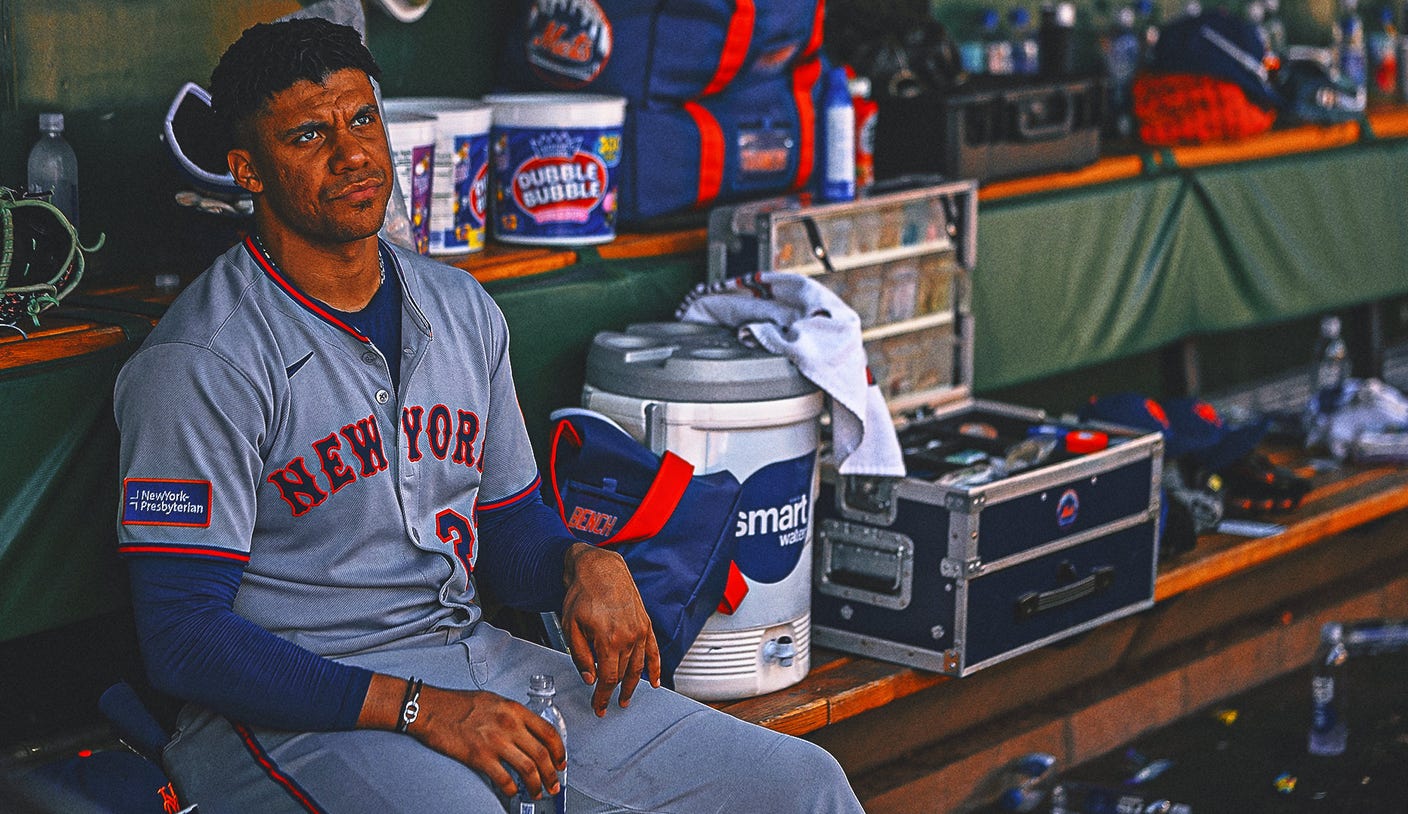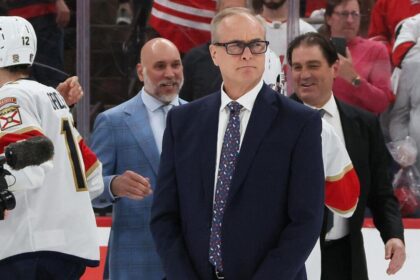This past weekend, the Mets had a chance to end a dreadful June on a positive note. After winning two straight games against the Atlanta Braves, they headed to Pittsburgh looking to continue their success. However, the Pirates dominated New York, turning the series around and plunging the Mets into a 3-13 slump since June 13th. During this stretch, three starting pitchers, including ace Kodai Senga, got injured, and the team failed to win any series.
Things deteriorated so much that Mets owner Steve Cohen took to social media to express his frustration. He admitted the tough stretch was unexpected but promised the team would overcome it as injured pitchers return in the coming weeks. Despite fan criticism and tough sports talk shows, the Mets continue to struggle without any safe haven during this rapid decline.
Just a month ago, the Mets’ pitching staff had been praised for exceeding expectations, despite lacking marquee starters. Their early success, highlighted by strong performances from Bergenbin, kept them in first place in the National League for 35 days, boasting the best starting pitching by the end of May. Yet, questions lingered about the sustainability of this success given their modest rotation.
Adversity is common in baseball, but injuries have hit the Mets hard. Losing Senga, Tyler Megill, Griffin Canning, and Max Kranick in just two weeks has been a nightmare scenario, severely impacting their winning formula. Naturally, strong offense could compensate, but the Mets rank 29th in batting average with few bright spots. Even Juan Soto, who showed signs of life in June, can’t carry the offense alone. Other key players like Francisco Lindor and Pete Alonso have also slumped recently, leaving the team’s scoring struggles glaring.
The Mets’ lineup, designed to be powerful at the top, is faltering once again. Previously masked by excellent pitching, the offense’s recent decline now overlaps with pitching injuries, exposing the team’s vulnerabilities. The Mets urgently need to make bold moves. Having focused mainly on bullpen reinforcements before, the front office now faces greater challenges upgrading the starting rotation and the batting lineup.
New York needs a quality starting pitcher, a strong hitter ideally in the third spot, and a bullpen arm to back up Edwin Diaz late in games. Mets president Jared Porter must make impactful decisions to save the season. While protecting the farm system remains a priority, urgent upgrades are necessary to prevent further deterioration.
Last July, Porter took a cautious approach, improving the bullpen and rotation depth without severely depleting prospects. However, with the recent slump and injuries, more aggressive trades may be needed. How Porter balances these priorities in the coming weeks will be critical.
If Sean Manaea and Kodai Senga return healthy, the rotation’s urgency lessens. Likewise, improvements from hitters like Mark Vientos, Ronnie Mauricio, and Francisco Alvarez could help. But relying on hopes is a weak strategy; the team must act decisively. Their recent struggles highlight flaws that need fixing, whether through flashy moves or strategic trades.
The Mets cannot afford further losses. Though still close to first place—just two games behind the Phillies—their rivals are strong and determined. Falling further behind would cause deeper problems for a team already in need of reinforcements.
While there are many games left in the season, now is not the time for complacency. The Mets fell hard, but they can rebound quickly if they seize the moment and build momentum starting now.
—
Fan Take: This slump matters to baseball fans because it shows how fragile success can be when injuries and inconsistent offense strike simultaneously. The Mets’ situation underscores the importance of depth and adaptability in building a championship contender, offering a real test of management’s ability to respond under pressure.



